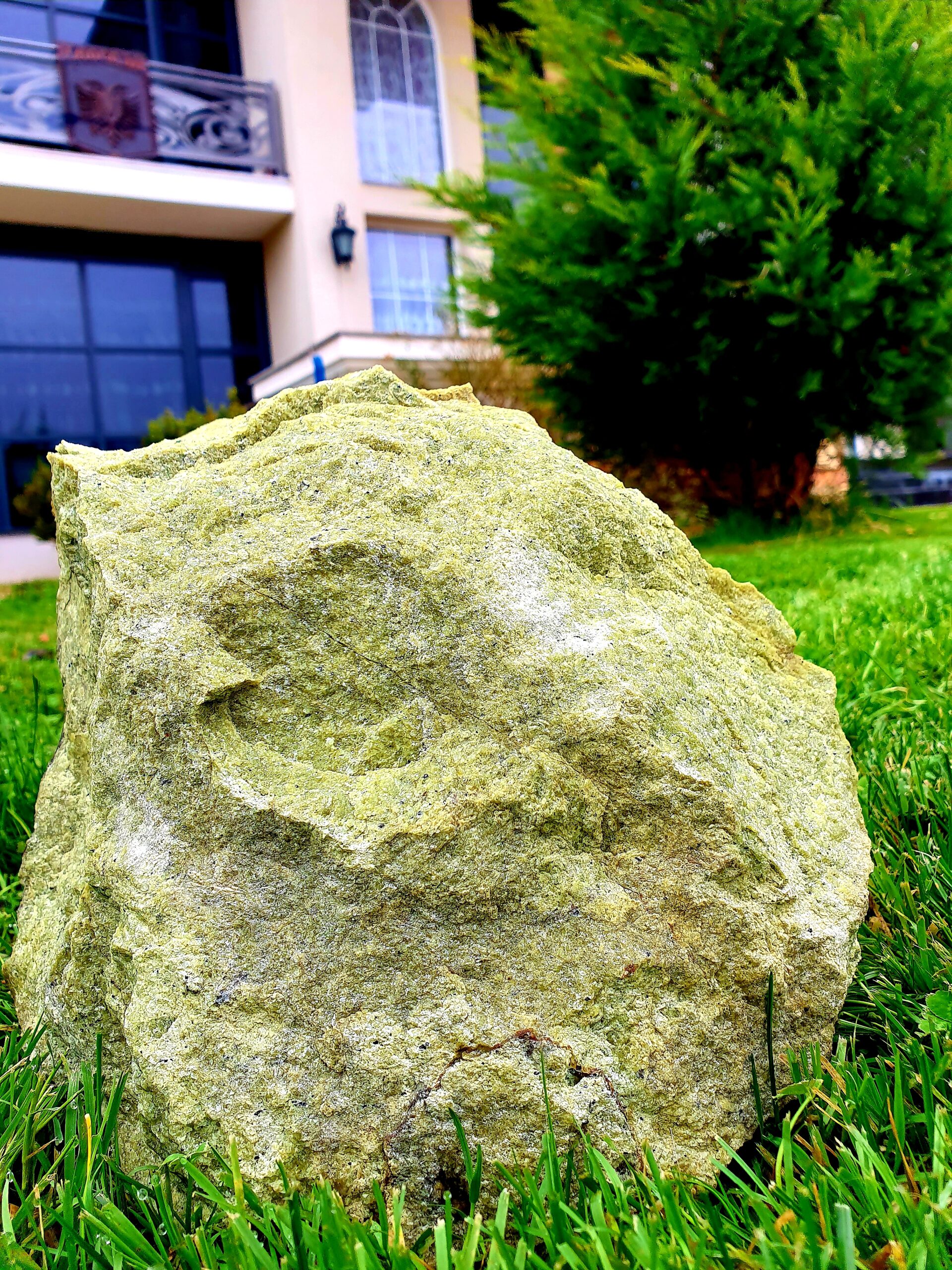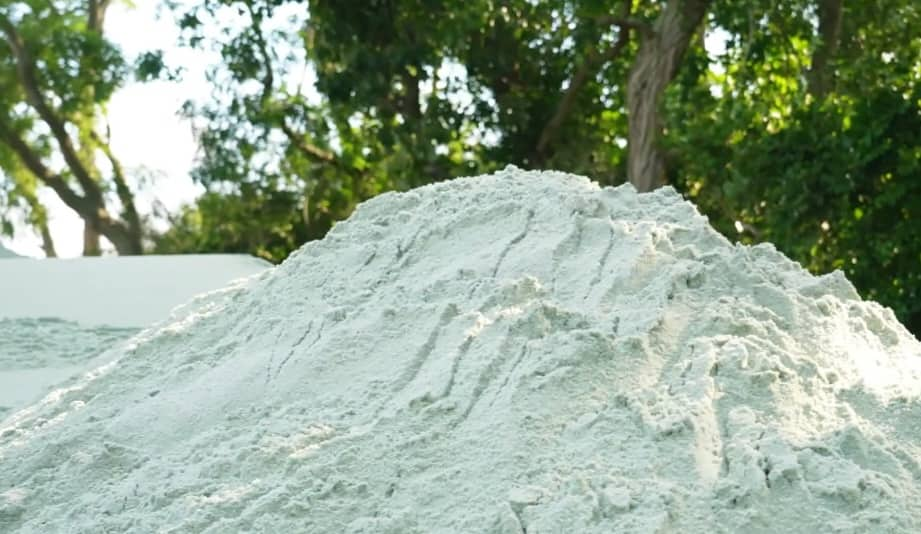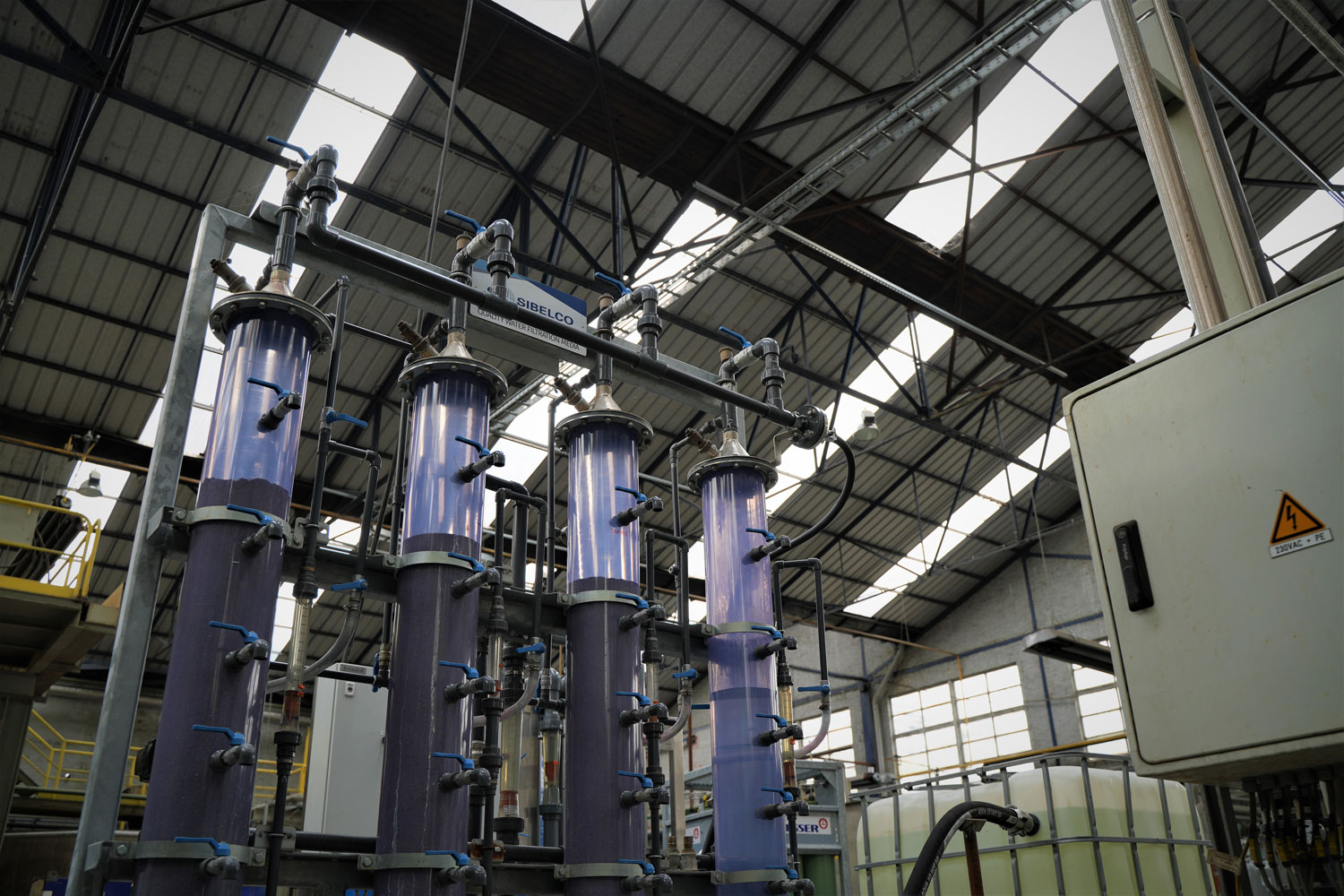New cutting edge technology and nature based solutions to climate change , Vesta protects coastlines and amplifies the ocean’s natural ability to absorb CO2. The company adds a carbon-removing sand made out of olivine to shorelines, where it reacts with seawater to simultaneously reduce acidity and increase its capacity to durably remove CO2. By mimicking and vastly accelerating Earth’s natural rock weathering process, Vesta’s coastal carbon capture is an ideal solution to help the shoreline-protection industry and ocean-based communities become more climate resilient.
According to Vesta, Coastal Carbon Capture, known in academic research as Coastal Enhanced Weathering, can be categorized as a negative emission technology (NET) that removes and stores CO2 on long timescales (tens to hundreds of thousands of years) (Minx et al. 2018). The process aims to accelerate the natural chemical weathering of the mineral olivine by spreading large amounts of ground olivine-containing rock onto coastlines where it can dissolve in seawater, thereby increasing the rate of CO2 absorption by the ocean (Bach et al. 2019).
When olivine dissolves in water, it drives the below reaction to the right, thus increasing CO2 uptake, increasing pH, and generating alkalinity. As a result, this process has the potential co-benefit of counteracting ocean acidification. Ocean acidification is the process by which increasing atmospheric CO2 dissolves in seawater, which reduces pH (increasing acidity) (upper reaction in diagram below). This reduces the ability of calcifying organisms like corals to grow and produce exoskeletons, or shells. As you can see below, dissolving olivine in water sequesters hydrogen ions into dissolved silicate (H4SiO4), a molecule that can be used by diatoms, an important photosynthesizing algae that fixes carbon dioxide and forms the base of food web.
THE CARBONATE CHEMISTRY REACTION
This reaction is the foundation of the Long-Term Inorganic Carbon Cycle, which has been occurring for billions of years, stabilizing Earth’s atmospheric CO2 concentrations, and in turn enabling life to thrive. In fact, carbon dioxide removal (CDR) through natural rock weathering consumes ~1 gigaton of CO2 every year (Ciais et al. 2013). Indeed, there are naturally-occurring olivine beaches with diverse ecosystems like Papakōlea Beach in Hawaiʻi, where we are researching the local ecology, ecotoxicology, olivine weathering rates, and secondary mineral formation.
Discover more from Green Innovation News
Subscribe to get the latest posts sent to your email.






